The Matsu Islands, a group of 36 islands and islets, are perched in the East China Sea, just a stone’s throw from mainland China. These islands have seen a lot of action over the centuries – fishermen, pirates, and soldiers have all called Matsu home at some point. Today I want to talk about my time in one of the three largest islands, Nangan. Nangan, the main island, offers a unique glimpse into the Cold War era with its preserved military installations and fortifications, a testament to its strategic importance. This period of isolation and military presence fostered a distinctive food culture on Nangan, something characterized by the resourceful use of local ingredients and influences from the soldiers who were stationed there. The military still maintains a strong and visible presence; it was on Nangan that I first truly grasped the existential tension we hear so much about in the United States, a reality that is elusive in Taipei.
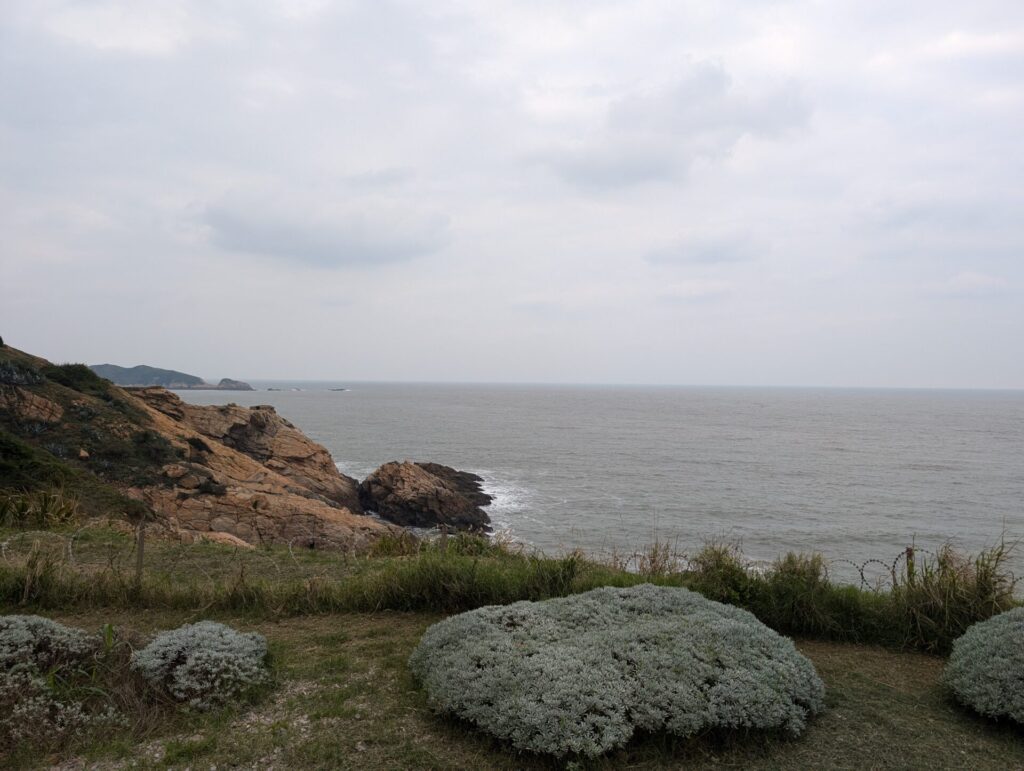
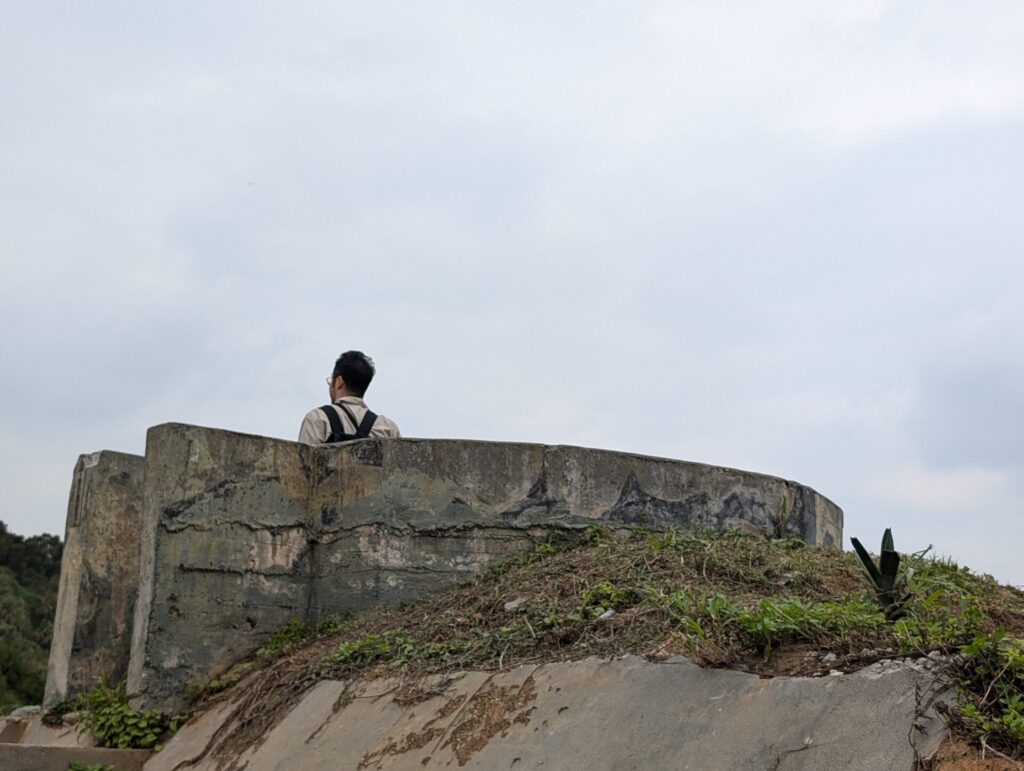
Nangan’s Cold War history means that the vast majority of sites that we saw were either explicitly former military (coastal defenses, propaganda walls, trenches, bases, statues, or memorials), or directly influenced by the more than 40 years of martial law. It was under what was referred to as the “Battle Field Administration” from 1949 to 1992 along with the rest of the Matsu Islands. This differed from martial law as it was more intense than Taiwan, with limited freedoms and a focus on defense against mainland China. One of the defining features was migration controls, with residents unable to leave the Matsu Islands without explicit permission from the military. Although the Battle Field Administration is over, the legacy of this era is visible everywhere, from the abandoned bunkers and military installations to the secret tunnels still in use carved into the hillsides, reminding you that this was, and still very much is, a conflict zone. Military sites are still pervasive enough that if you’re lucky like me then one second you’ll be going down the road, and the next you might accidentally ride your scooter into a military base and be asked to leave!
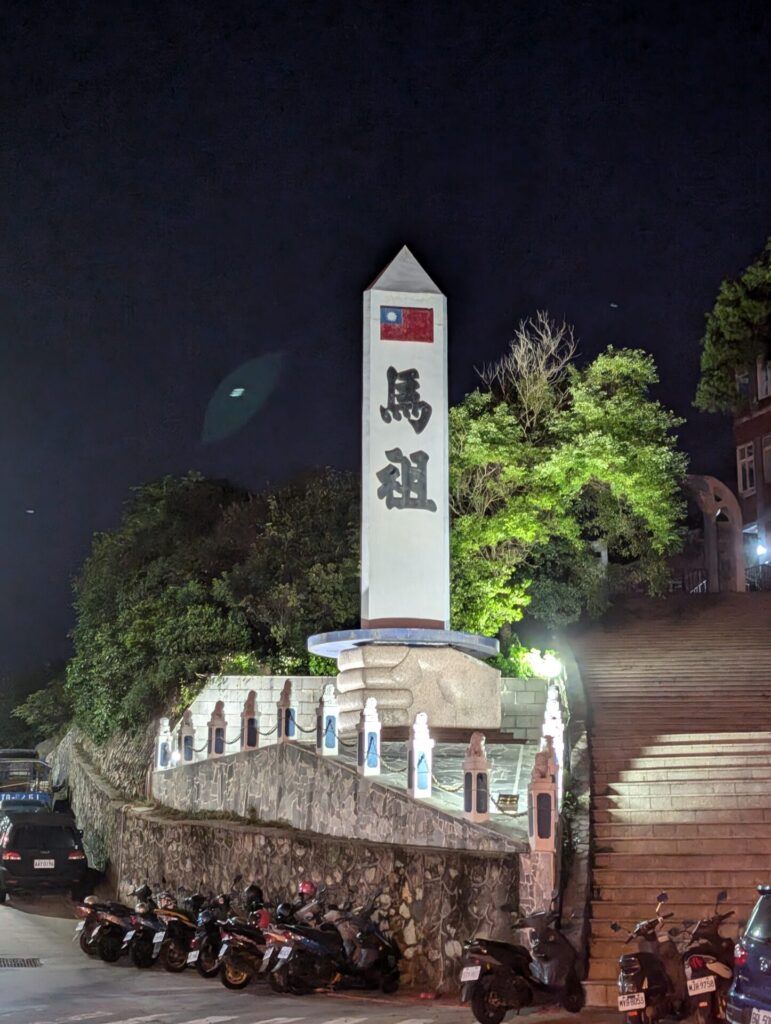
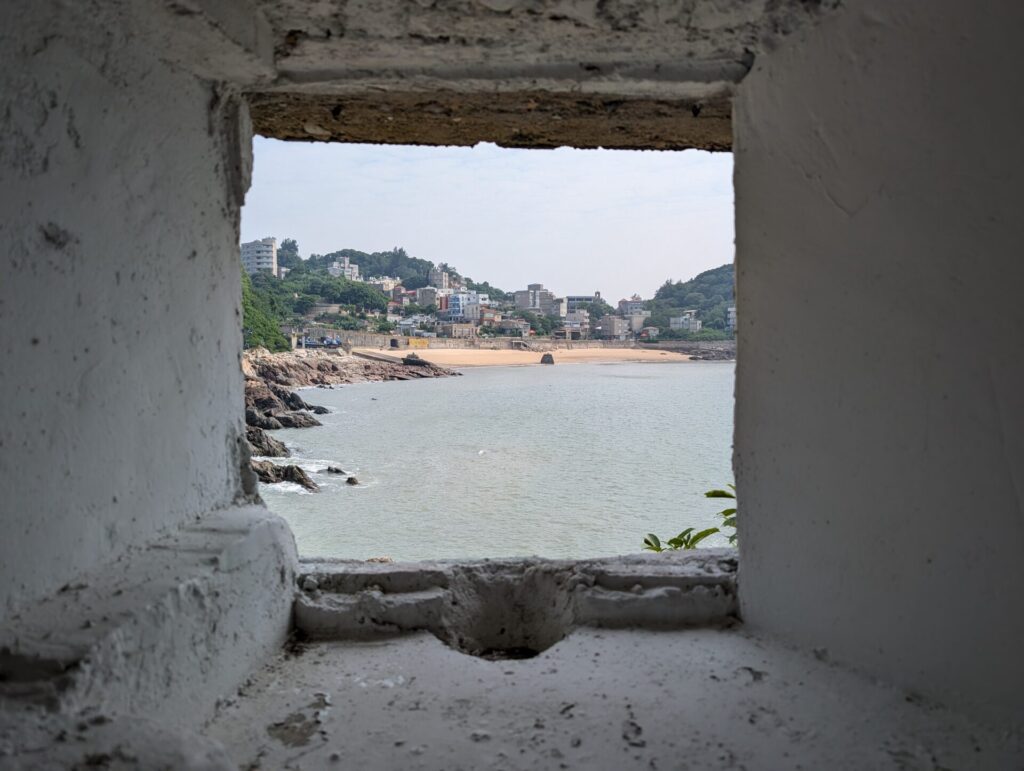
As such sites are so numerous, I had the opportunity to see several while I was visiting. The first was a curious site south of the airport labeled ‘26’. It looked almost abandoned in some way, a half-finished construction site, and yet the gate was open. We walked the trenches and looked out onto the ocean, not daring to journey into the dark areas underground that the trenches led to. Other sites were much more official, like the famous Iron Fort, with its network of tunnels, gun emplacements, and even underground living quarters carved directly into the rock; it’s an incredible feat of engineering and a fascinating place to explore. Nangan was a ‘choose your own adventure’ destination in the truest sense, with remnants of the past hidden in plain sight. Just be sure to pay attention to signage – some areas might be restricted or unsafe.
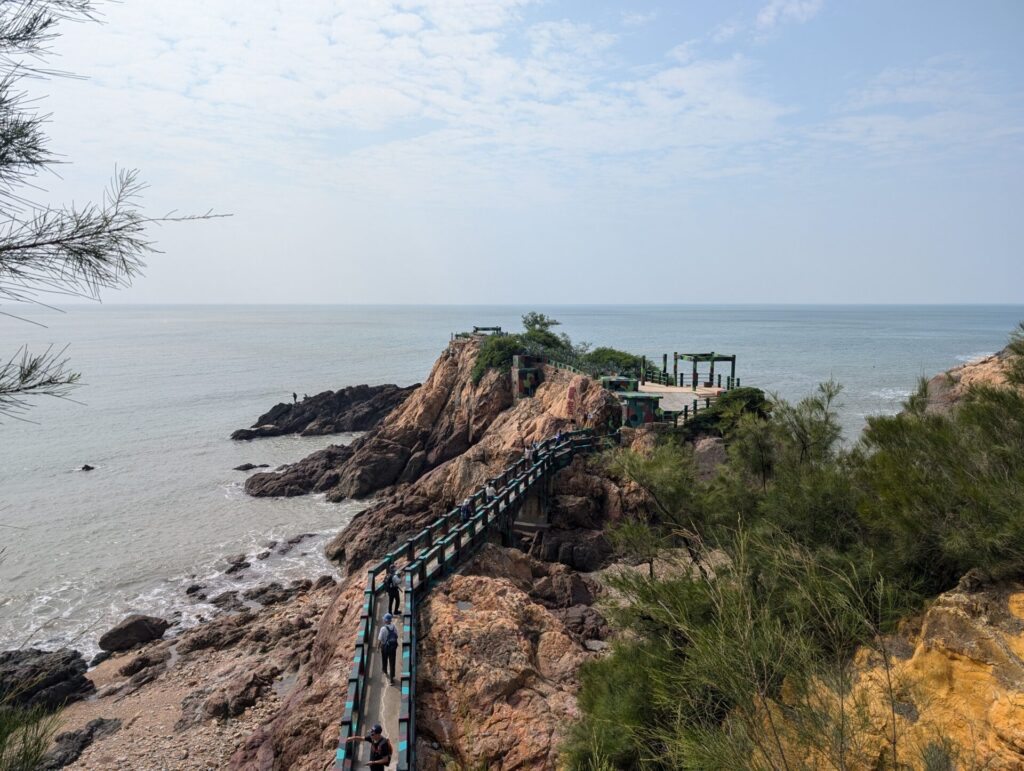
Now, I would be concealing one of the most fascinating cultural features of the Matsu Islands if I failed to discuss the local cuisine. The constant military presence on Nangan fostered a unique food culture centered around readily available ingredients like seafood and root vegetables, while the need for self-sufficiency led to the development of a thriving sorghum wine industry, with the potent liquor offering both sustenance and solace to soldiers and civilians alike. Nowadays, this liquor is aged in old military tunnels like Tunnel 88, their damp and dark walls making an excellent cellar. While I had the pleasure of eating my first whole squid (don’t worry it was small) and mussel, my favorite food was probably the Matsu Hamburger (馬祖漢堡). This was a bagel-like bread invented for the military on the island filled with an oyster omelet with various other toppings.
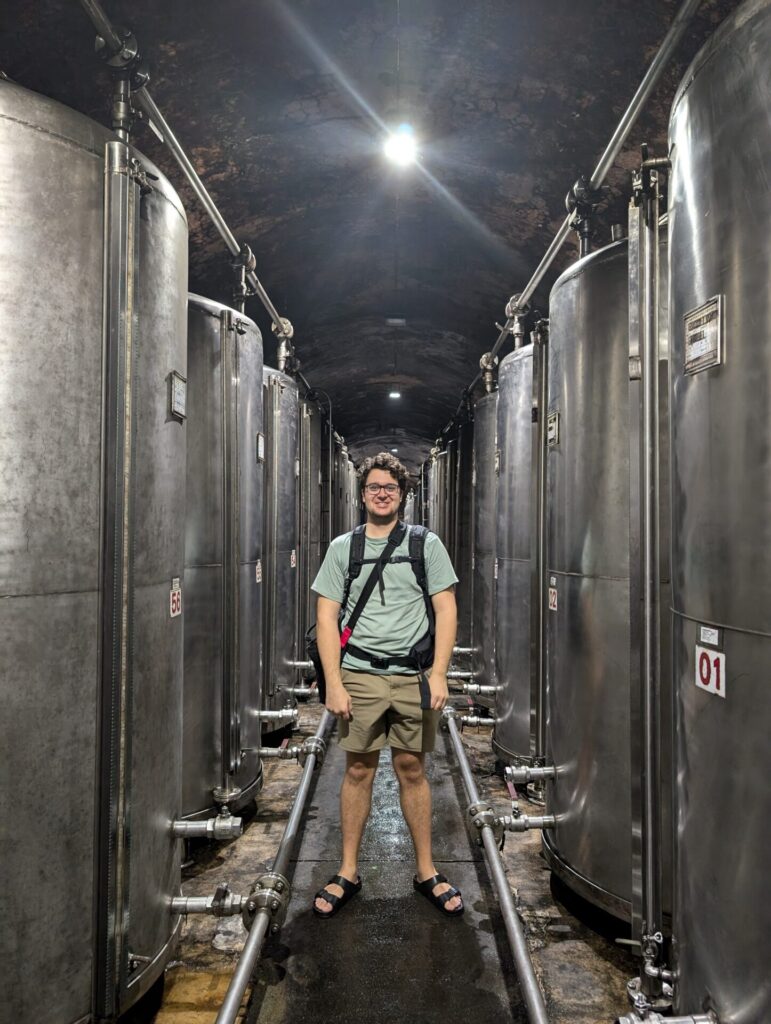
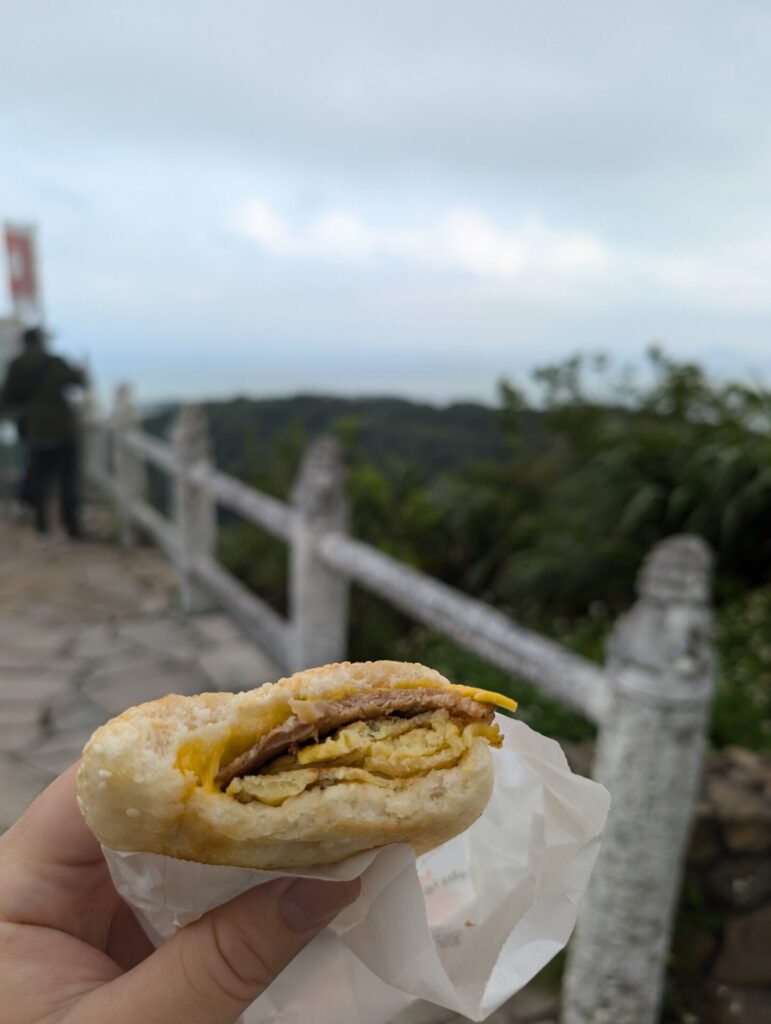
I want to expand on the thought that I wrote at the beginning of this post: that the Matsu Islands were the first place I truly grasped the existential tension that exists in the Taiwan Strait. I couldn’t help but be reminded of this fact as powerful Cold War imagery overwhelms the island. From memorials to authoritarian leaders long dead to propaganda walls displaying messages of resilience in the face of the enemy, the islands are alive with the lived experiences, past and present, of its inhabitants. These are memories of artillery battles with the PRC, of leaflets being dropped from the sky. The conflict is far more real for the people here who can see the mainland from their homes on a particularly clear day. Seeing an old KMT mural featuring a map of a reunified and great China, a powerful realization hit me. The past, I understood then, is not so easily erased. It lingers in the hearts of those who carry the memories of another home, and it is etched into the very contours of this island, where radar arrays stand as silent guardians, a constant reminder of the mainland’s looming presence.
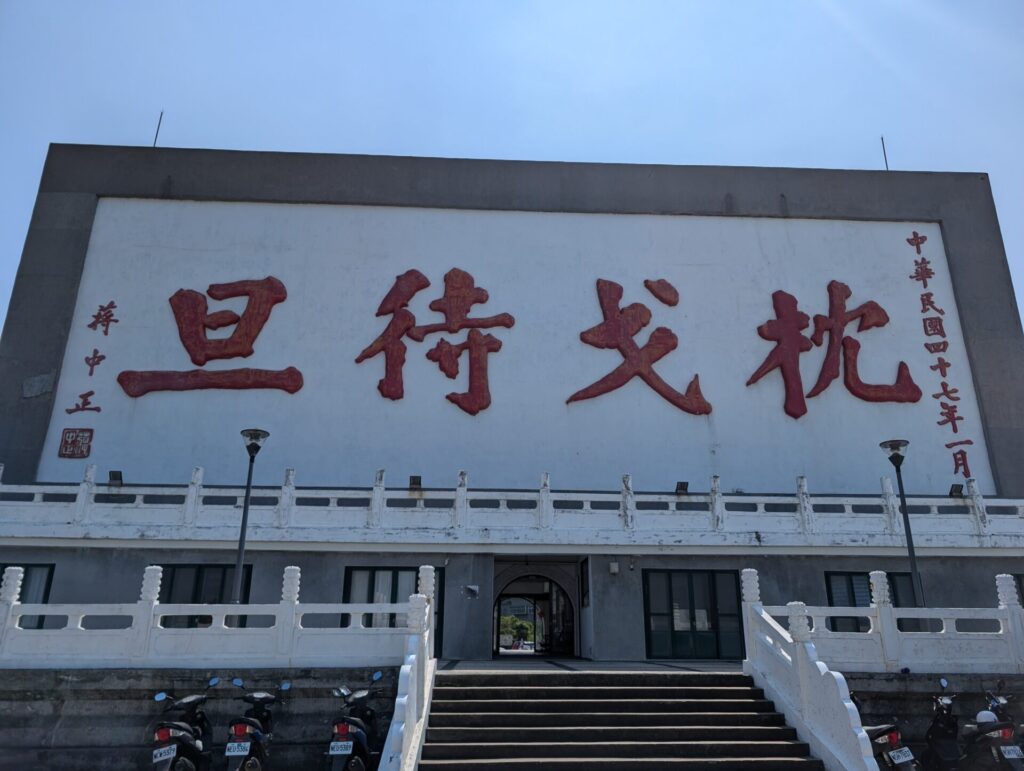
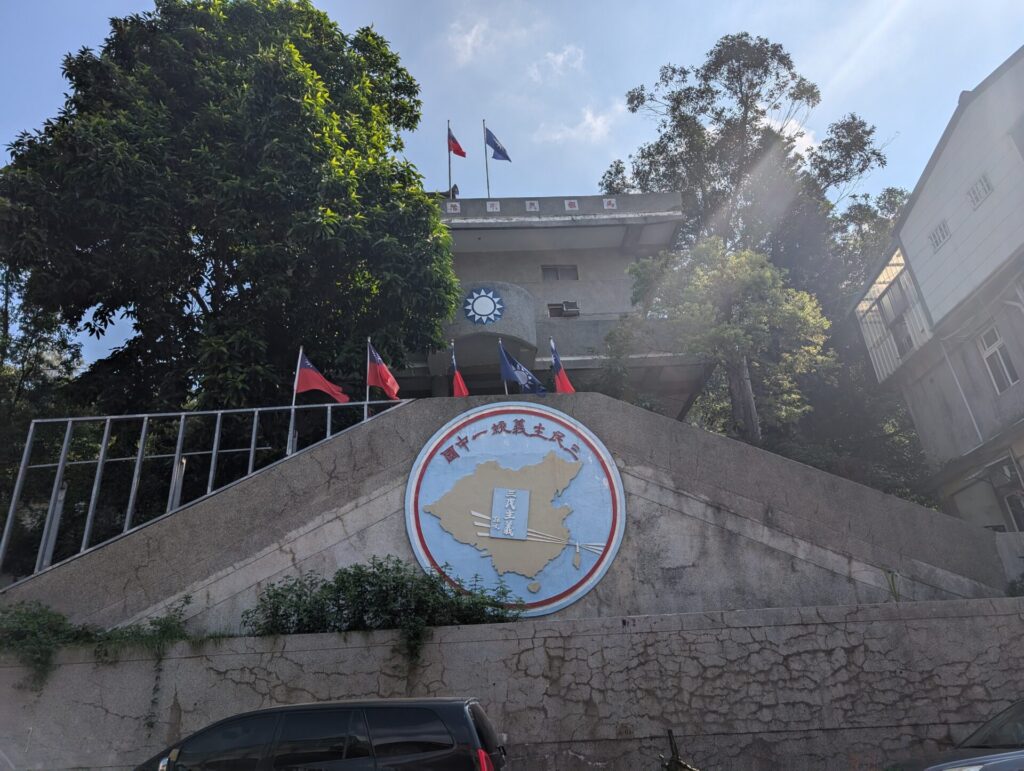
My social science brain couldn’t resist a bit of reflection there. But it speaks to the deeper reason I’m drawn to Taiwan: I want to understand this place that’s become such a focal point in US foreign policy. Next week will be a much less reflective post as we’ll move north to another island, Beigan. That will be an animal-focused post featuring the wonderful hotel I stayed at filled with adopted stray cats as well as a smaller island off the coast filled with hungry (and cute) Formosan sika deer. From the complexities of international relations to the simple joys of animal encounters – that’s Matsu for you!
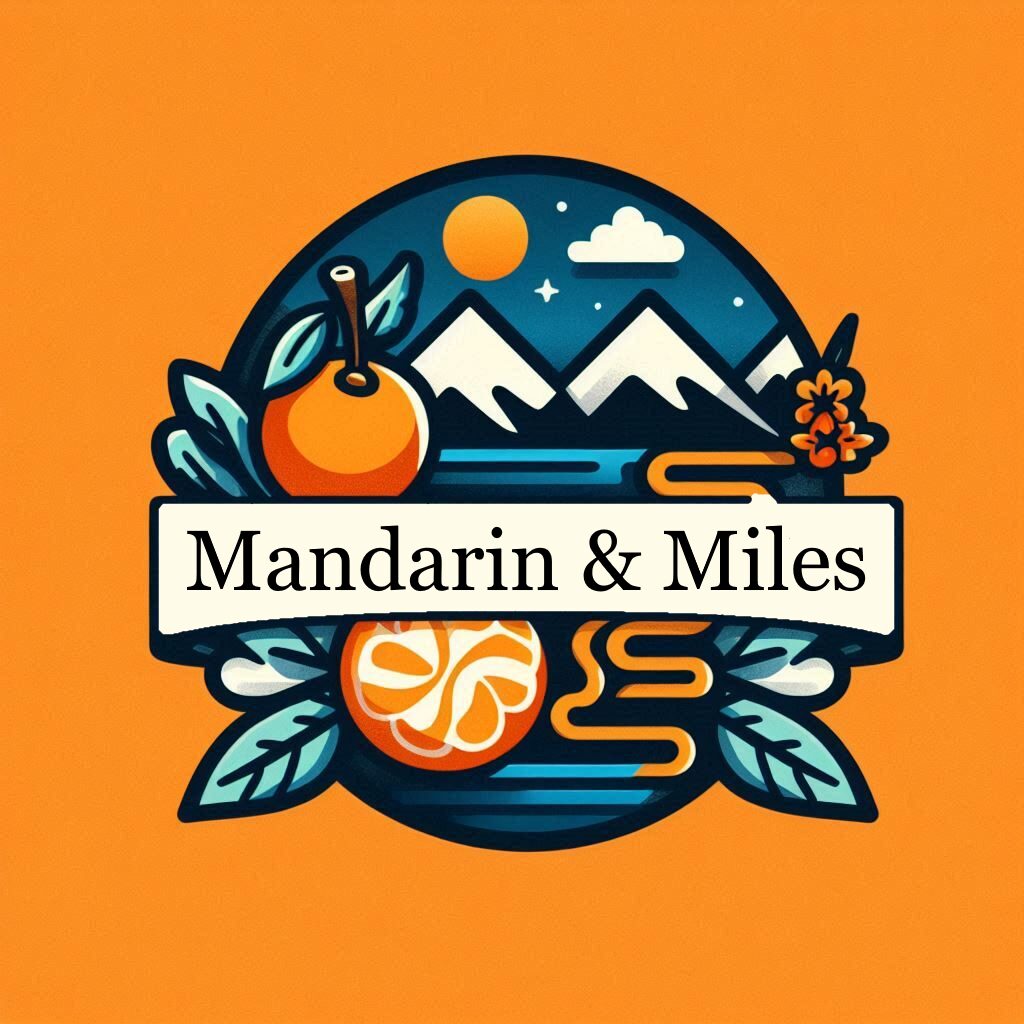
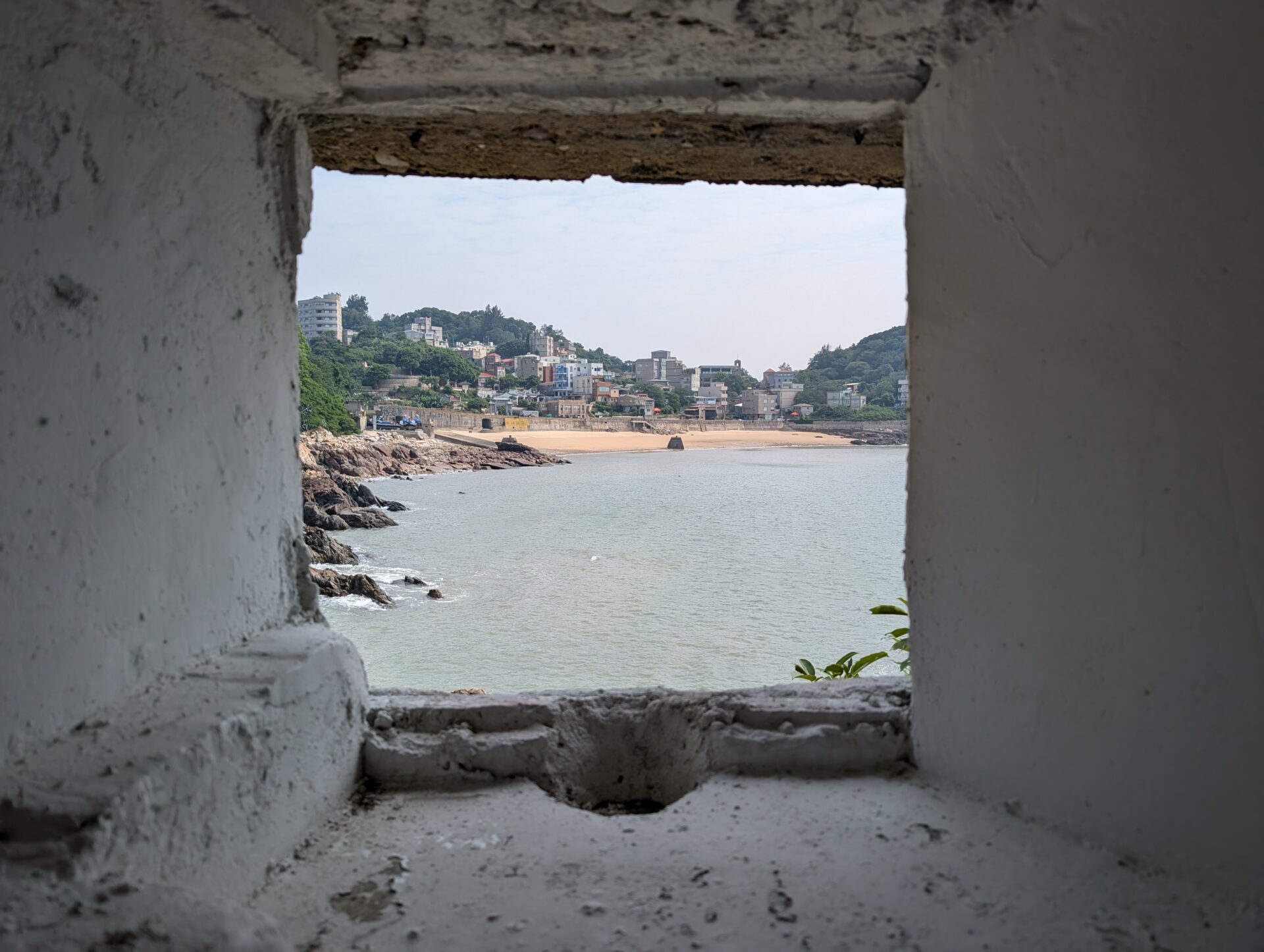
Leave a Reply